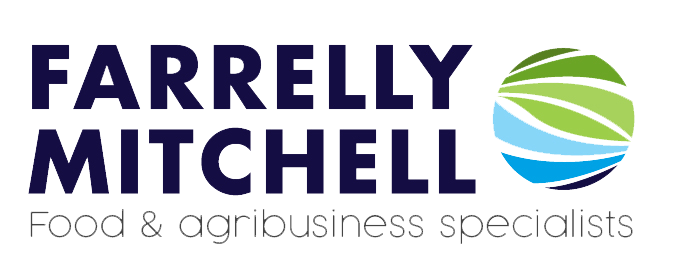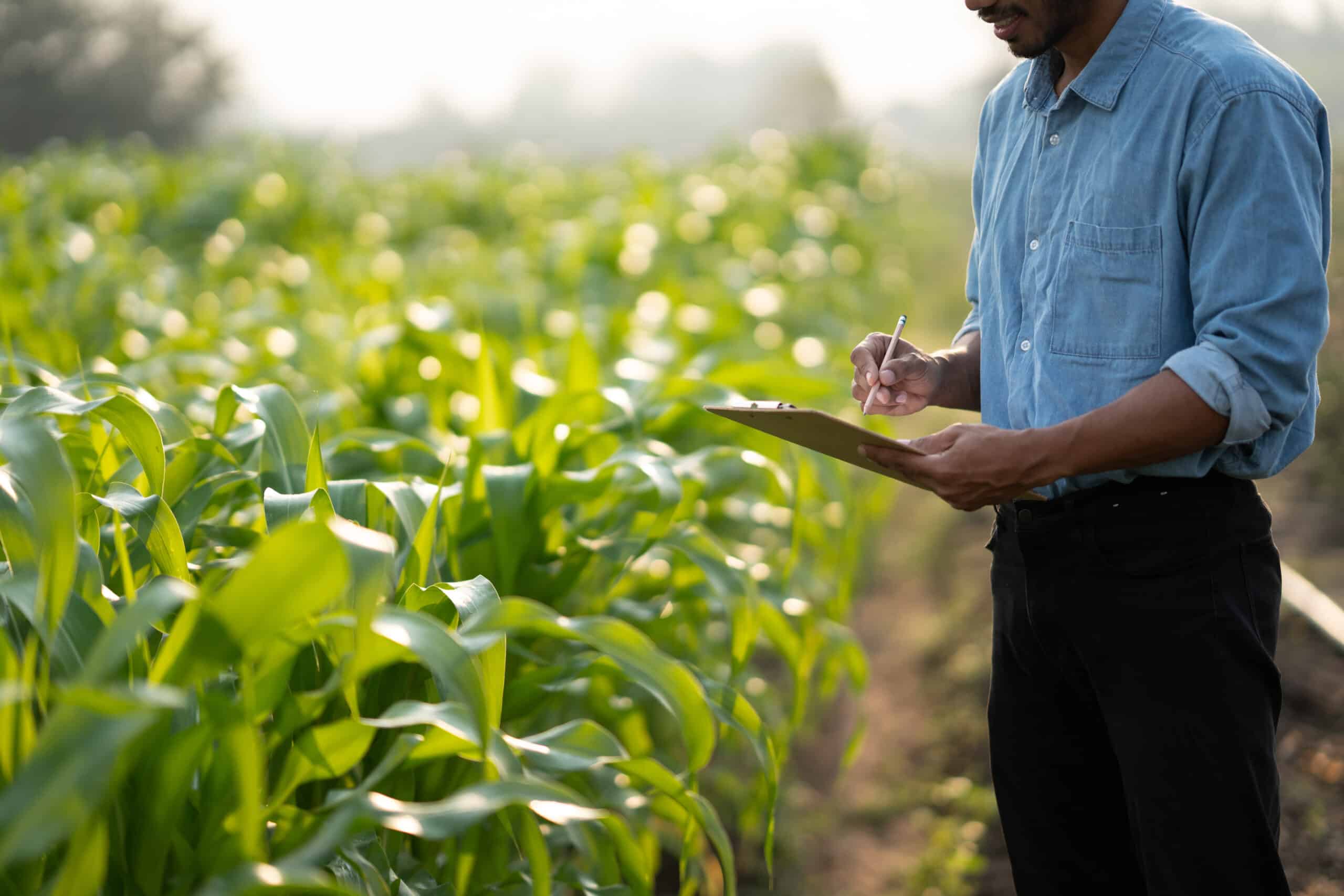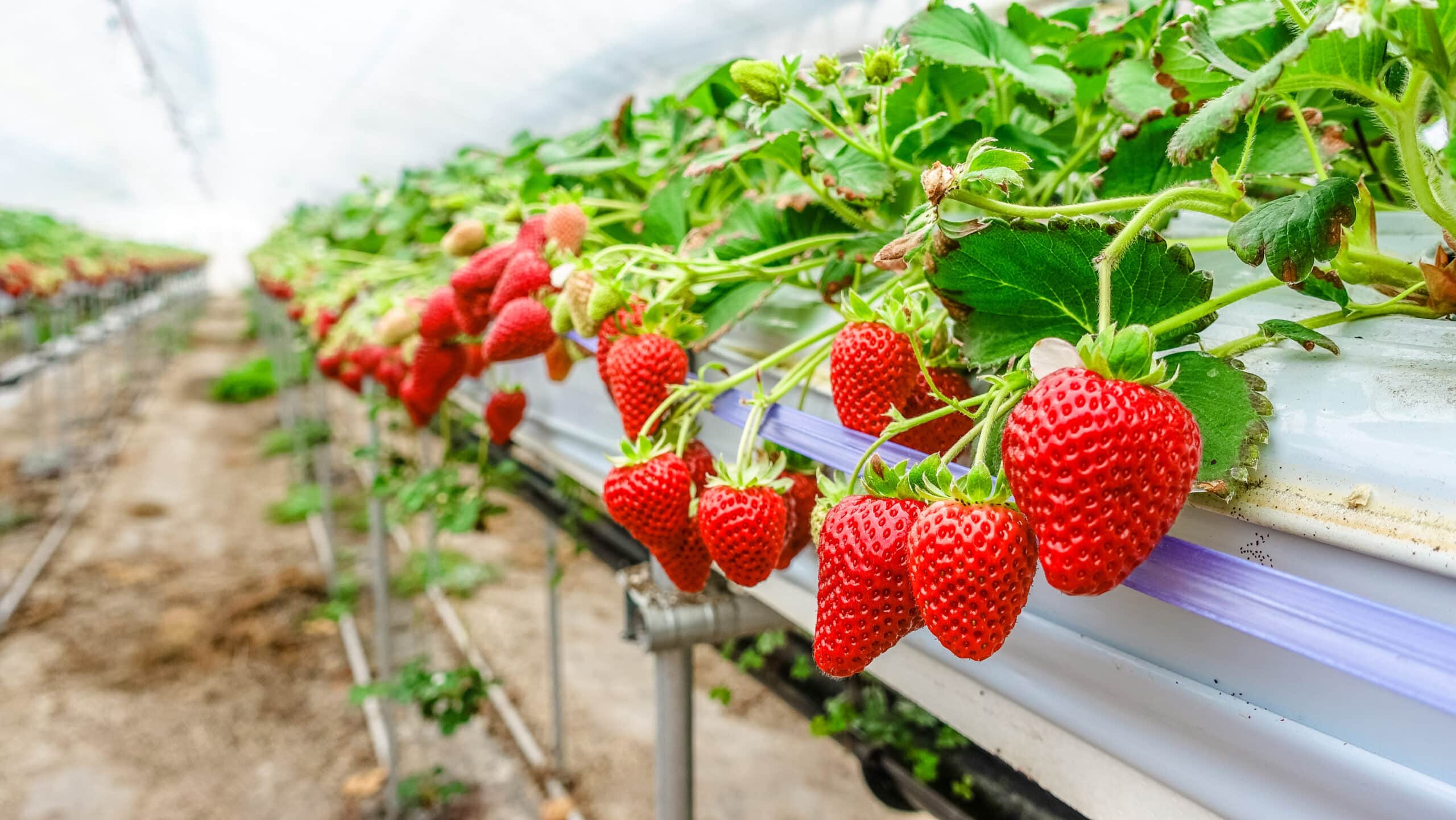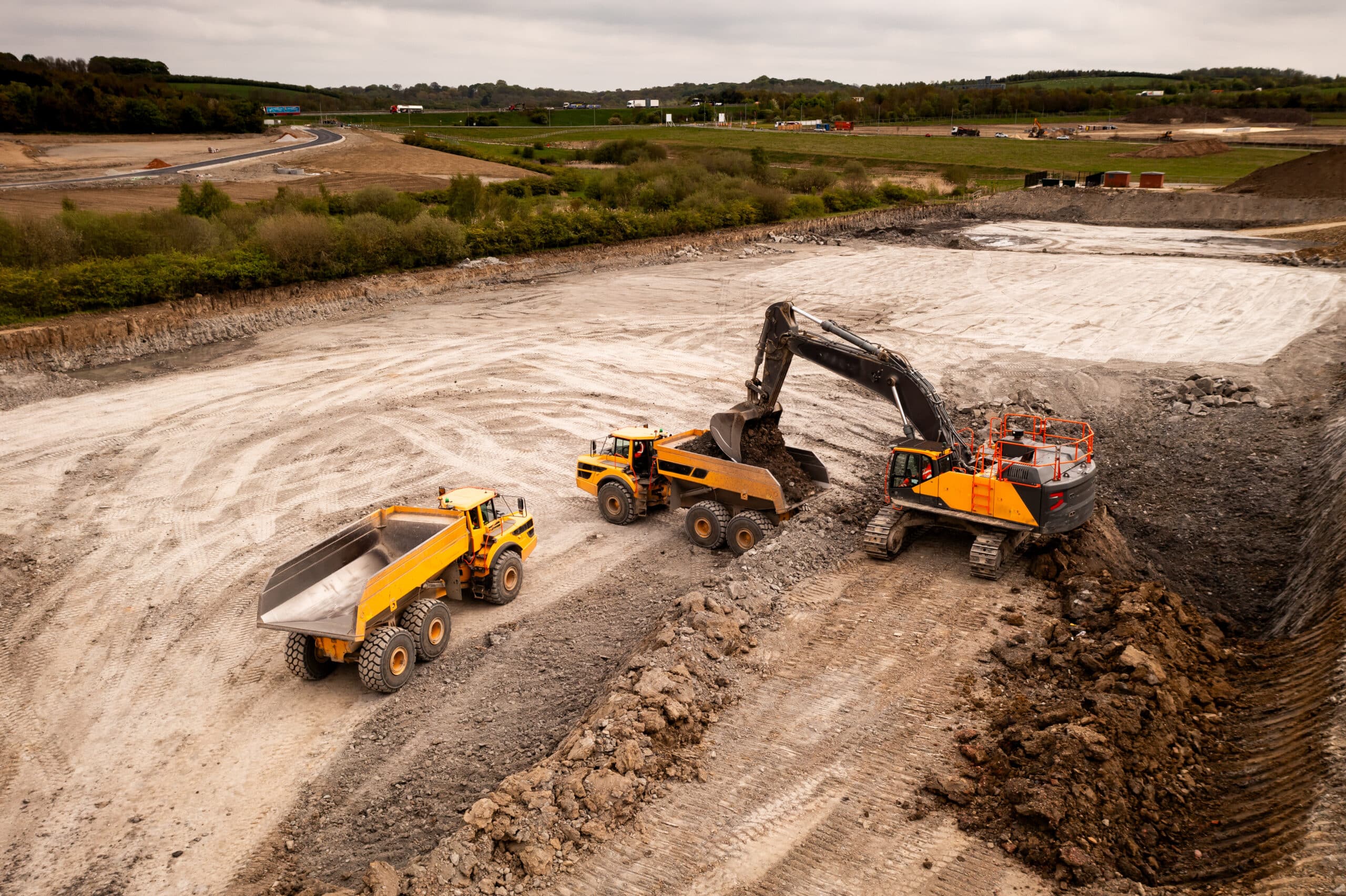Recent mass protests by farmers in the Netherlands and other EU countries have highlighted policies to reduce greenhouse gases (GHG) emissions from the agri-food system. The protests alongside rising natural gas and oil prices highlight the need to maintain agricultural production to meet growing challenges relating to reducing GHG emissions, food security and maintaining a healthy rural economy.
1. Decarbonization policies and practices
Creating frameworks working towards collective decarbonization targets is important in being able to truly turn the tide for carbon emissions. For example according to the UK’s National Farmers Union (NFU), net-zero will require a combination of policies and practices focused on three key areas:
- Improving farming productive efficiency(including the health and vitality of animals and plants);
- Targeted measures to increase and manage carbon storage on UK farms;
- Boosting production of land-based renewable energy, including bioenergy for processes coupled to carbon capture, storage, and utilisation, to generate credits for GHG emissions avoided and GHG removal.
Agriculture is a key source of GHG emissions but can also sequester and store additional carbon within the soil and growing crops. There are a wide range of emerging technologies and practices which can potentially help the sector decarbonize and move towards net zero by replacing or reducing fossil fuels and enhancing sequestration.
2. Reducing greenhouse gases through alternative energy sources
Finding new alternative energy sources is essential for decarbonization. For example, biogas, from manure or other organic material, can be used to produce green energy to power farm machinery or used to produce renewable natural gas and blended into a natural gas pipeline. As part of a research project, CO2 reductions of up to 24% with a natural gas-powered 3.6-litre engine installed in the same Deutz-Fahr tractor are achieved. By using biogas, the operation would even be CO2 neutral.
Major fertiliser manufacturers such as Yara are looking at the potential of carbon-free fertiliser. Green hydrogen produced using electrolysis and renewable electricity can be used to produce ammonia (NH3) by mixing nitrogen from the air with hydrogen. This can be used to produce carbon-free fertiliser. The company is designing a green hydrogen plant in Pilbara, Western Australia, which has access to sunlight and seawater for renewable energy making it an ideal location.
3. Employing methods to achieve carbon sequestration
Moving to Net Zero in agriculture will require significant carbon capture and sequestration through soils, crops, and forests. However, New Zealand’s sheep and beef sectors claim to be close to becoming net-zero thanks to the woody vegetation found on many farms. Woody vegetation has helped offset between 63% and 118% of on-farm agricultural emissions, according to an Auckland University of Technology (AUT) study. In crop systems, conservation cropping, and nutrient stewardship can also achieve notable reductions in GHG emissions. A study in China found that no-till farming, low nitrogen fertiliser use, and the incorporation of straw could increase soil organic carbon by as much as 60% in the long term.
Carbon can be sequestered through the long-term transfer of carbon from organic matter into biochar. This carbon would otherwise decompose naturally and emit carbon dioxide and methane into the atmosphere. Biochar is produced by heating organic materials like crop residues, grass, woodchips, or manure using a process known as pyrolysis. When applied to soils, it can help to increase soil carbon content, as well as improve soil fertility and crop productivity. Biochar production also creates syngas and bio-oil, which can be used as green energy sources.
4. More efficient farming systems
Innovative technologies and farming systems such as vertical farming, precision agriculture and AI (artificial intelligence) can also help to reduce overall emissions, especially when using energy from renewable sources. In a controlled environment, crop yields increase, and the need for pest control is minimal, with further decarbonization from reduced fossil fuel-based inputs.
Adjusting farm animal diets may also help reduce emissions, for example, research has found that when fumaric acid is included in the feed, there is a significant reduction in methane production – up to 70% for sheep.
Decarbonization in agriculture and food production
There is no single “one size fits all” solution to achieving net zero and decarbonization. A wide range of emerging technologies can be used to reduce GHG emissions from the agri-food sector, and these are providing many new opportunities for farmers and investors within the sector. The market supported by government policies will decide which technologies and solutions will be utilized in the decarbonization of the agri-food sector – a vital component of the global economy and society.
Preparing for a more sustainable future
The emphasis on sustainability within the agri-food system industry has not only grown substantially in recent years but is also poised to become even more pronounced as global challenges urge a shift towards more responsible and environmentally friendly practices. This evolving landscape demands innovative approaches to ensure the industry not only thrives but does so in a manner that contributes positively to the planet.
At Farrelly Mitchell, our dedication to reducing carbon emissions and improving the industry’s sustainability is unwavering. Through our expert insights and practical strategies in regenerative agriculture, circular economy practices, agroforestry, and clean energy, we are committed to helping our clients navigate the complexities of modern agriculture, ensuring they are well-equipped to meet the demands of an increasingly sustainable future.














